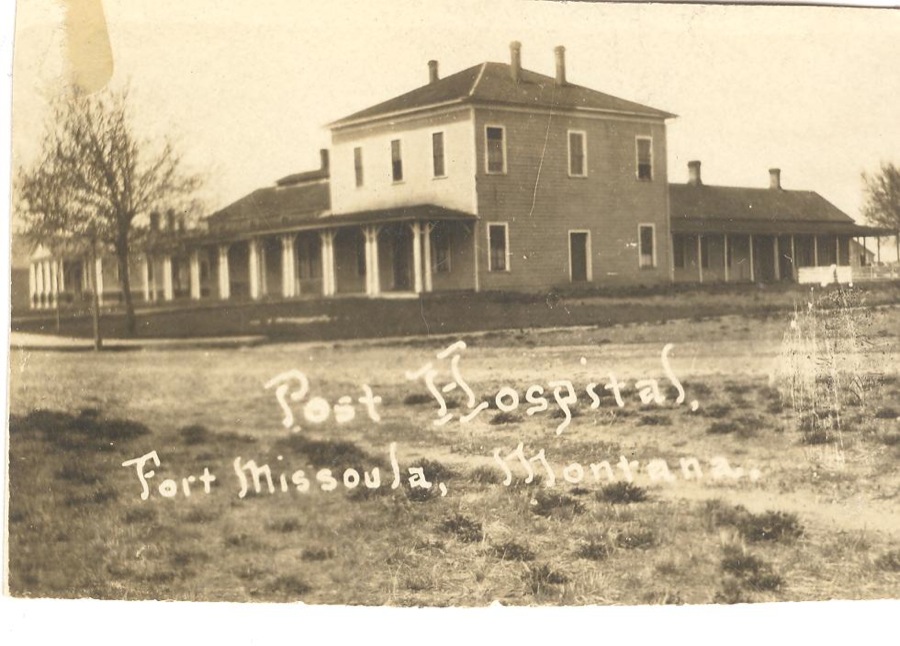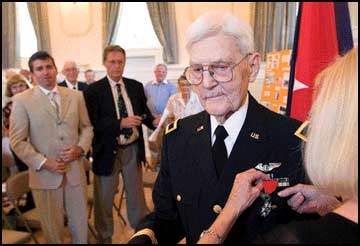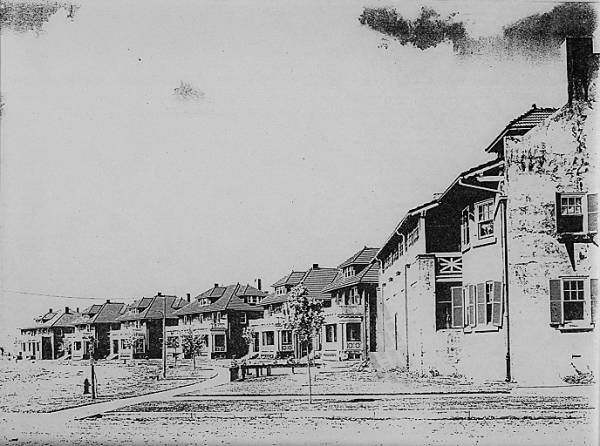A little bit of history
at Fort Missoula
Fort Missoula
The physical property of Fort Missoula is comprised of nineteen historic buildings, formal open spaces, multiple tree-lined roads, and a small military cemetery, all on the National Historic Register.
The various periods of development at Fort Missoula are reflected in its well-preserved architecture, illustrating several periods of American West settlement. The five periods of building activity are identified in the following order:
1877-1900
1900-1912
1933-1940
1941-1947
Military History
2 Companies, 1 Fort
Fort Missoula is one of Montana’s most visible and accessible links to America’s wars and battles. The Fort was founded in 1877 when two companies of the U.S. Army’s Seventh Infantry were stationed here for action in the Indian Wars, including the forced surrender of Chief Joseph and the Nez Perce tribe. During the 1880’s and 1890’s, the historically acclaimed 24th and 25th Black Infantry Regiments were garrisoned at the Fort. By 1915 construction was completed on the “New Post” area, which incorporated Mission Revival style architecture and a major expansion of the Fort’s size.
During World War I, the Fort was used as a training school for Army auto mechanics. This period’s redesign and the Fort’s scenic mountain locale earned it the name “The Million Dollar Post.” The new post hosted the Fourth Infantry Regiment, which in turn supervised Civilian Conservation Corps (CCC) workers during the Great Depression. Among the CCC ranks were two future Generals, Walter M. Johnson and M. Y. “Bo” Foster, who later distinguished themselves during the Normandy and Anzio Campaigns of World War II. (NRHC is honored to have Gen. Foster as a founding member of the Board of Directors.)

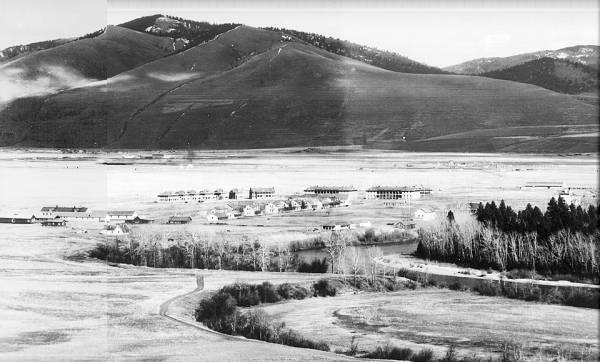
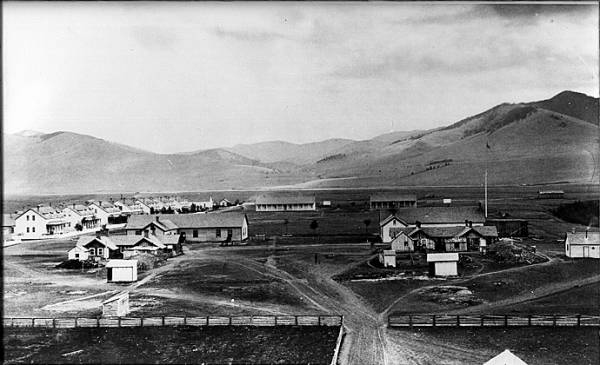
The upheavals of World War II involved Fort Missoula directly. The Fort served as an internment camp for Italian detainees and Japanese-American citizens. The Historical Museum at Fort Missoula (a separate nonprofit organization) features several exhibitions of restored Japanese and Italian Internment Camp barracks. For a time, the Fort was the site of a military prison, where deserters and other military prisoners were held. After 1947, the Fort continued as a base for Army National Guard and Naval Reserve units until the facility was closed under the Base Realignment and Closure Act (BRAC). The National Guard continues to own and operate several facilities within the Fort’s property.
The 1st Battalion of the 4th Regiment was stationed at the Fort from 1921 to 1941. Two battalions of the 4th were in the Baghdad campaign in the spring of 2003.
Brigadier General
M. Y. “Bo” Foster
M.Y. “Bo” Foster was born in 1911 in Richmond, Virginia, but grew up in part on the Blackfeet Indian Reservation in Montana near Glacier National Park. After graduating from Yale University, Foster hitchhiked back to Montana in the midst of the Great Depression where he joined the U.S. Forest Service.
Promoted to Major during WWII, he served as an artillery liaison pilot for the U. S. 36th Division in Europe, and was awarded the Silver Star for action in the air during the invasion of southern France. In 1945, Foster was selected to personally guard and fly captured Reichsmarschall und Oberbefehlsher der Luftwaffe Hermann Göring from Austria to Germany, a mission of great responsibility.
After WWII, Foster helped organize the 443rd Field Artillery Battalion, at Fort Missoula, and then commanded the National Guard’s 154th Artillery Group, rising to the rank of Brigadier General in 1963. He retired as Assistant Adjutant General of the Montana National Guard in 1971, remaining active in military history projects and local civic affairs.
B-30, the former Commanding Officer’s Quarters was dedicated to Bo Foster in April 2003, as a public information project of the Northern Rockies Heritage Center, Fort Missoula, Montana.
General
Walter M. Johnson
Born in Leavenworth, Kansas in 1903, General Johnson graduated from the U.S. Military Academy with the class of 1927. Stationed at Fort Missoula in the 1930’s, he supervised many improvements at the post which remain today. During World War II he commanded the 117th Infantry Regiment during the Normandy Campaign. The 117th played a key role in the capture of St. Lô, France at a critical point in the Allied drive towards Paris. His leadership resulted in the awarding of two unit citations to his regiment.
Retiring from the U.S. Army in 1957, General Johnson lived in Missoula, Montana until his death in June 1997.
T-2, the former Post Headquarters, was dedicated to Walter M. Johnson by the Northern Rockies Heritage Center, September 9, 2001.
